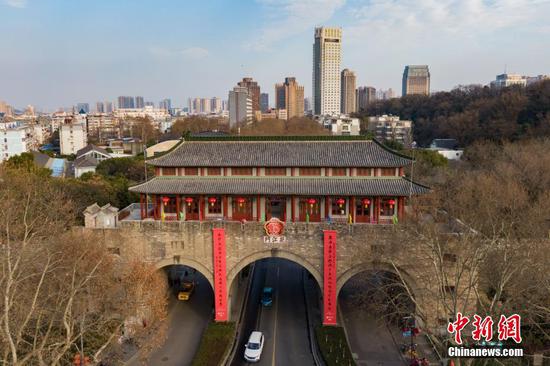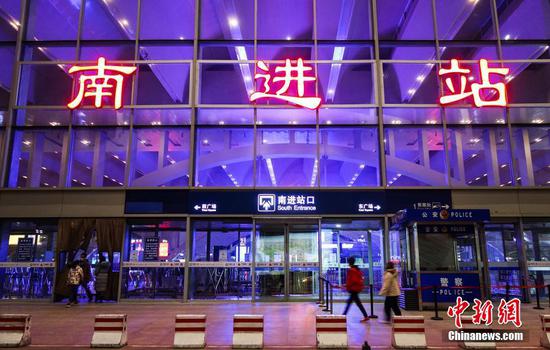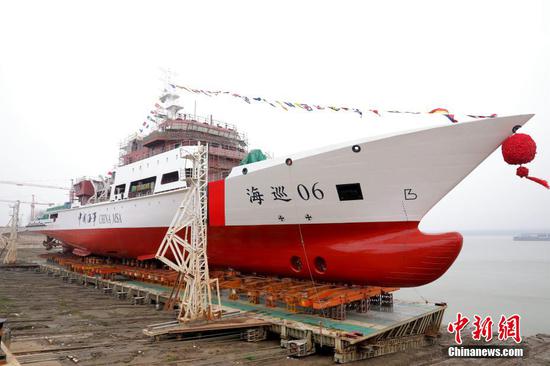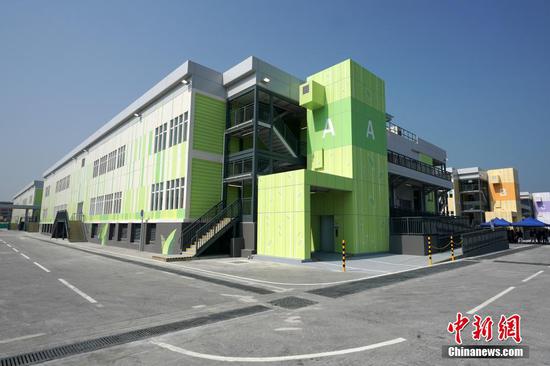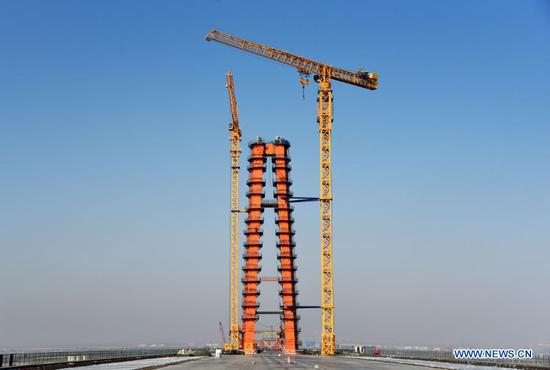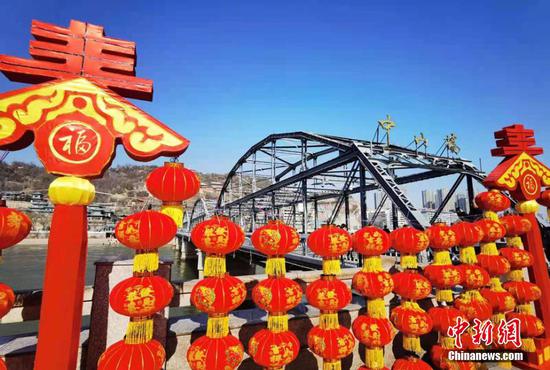In the Spring Festival, the railway builders and people in Laos have expressed their eager wishes and anticipations on the China-Laos railway.
"For our common wish, so many Chinese engineers stay away from their families observing their most important reunion festival. This has made me feel touched and grateful!" 21-year-old Sida Phengphongsavanh, a Laos-China Railway Co., Ltd (LCRC) train driver trainee told Xinhua on Wednesday. He was busy preparing for the Chinese New Year's Eve party at the China Railway No. 2 Engineering Group (CREC-2) railing base on the northern outskirts of Lao capital Vientiane.
Sida comes from the northern town of Muangxay, some 350 km north of Vientiane, where since ancient times has been the only way for the merchants between the two countries. She told reporters that her home is right next to the under-construction Muangxay railway station.
"As soon as I heard that the Laos-China railway is to be built, I decided to work on the railway," said Sida.
In order to realize her wish, Sida went to Kunming, the capital of southwestern Yunnan Province, to study in electrical automation major. Through hard work, she was selected to the LCRC's first railway machinery training course. "I may become one of the first female train drivers in Laos," Sida said.
On Chinese New Year's Eve, about 200 Lao staff, trainees and 200 Chinese staff had a party at the CREC-2 railing base and together celebrated the festival, hanging lanterns, pasting spring festival couplets, making dumplings, singing and dancing joyfully. Their aspirations and dreams towards the completion of the China-Laos railway have closely linked them.
The China-Laos railway has become not only a transportation line, but also a "wish line".
"After the opening of the China-Laos railway, I plan to buy a car to carry passengers to the railway station and make money to build a new house," a Lao villager in the border town of Boten told Xinhua.
"I hope that after the opening of the railway, I can open a store near the railway station to sell local specialties of Laos and become rich as soon as possible," a citizen in the ancient town of Luang Prabang told Xinhua.
The wishes of the Lao people are also the expectations of the Chinese railway builders.
Yang Yun, who had participated in the construction and operation of the China-Laos railway in Laos, told reporters that from a university graduate to an experienced all-round talent, he has learnt a lot from the railway, and it is the experience of this international project teaching him to see problems from a local angle.
Yang said the experience of working in the China-Laos railway is "a perfect integration of personal growth and national cause of the Belt and Road Initiative."
"In the New Year, I wish the early opening of the China-Laos railway, and I look forward to boarding a train to go to Laos."
The common aspiration allows the people of the two countries to trust and support each other and work hard for the common goal.
Liao Jing, an engineer with CREC-5, a Chinese engineering company engaged in the railway's construction, told Xinhua that after five years of hard work in Laos, many Lao people have become his good friends and he deeply felt their keenness for the completion of the railway.
The company, employing a large number of local people to participate in the railway construction, taught them railway construction techniques and trained a group of skilled workers for Laos. They will be able to bring up more skilled workers to serve the local economic and social development.
The 422-km China-Laos railway, with 75 tunnels totalling 198 km and 164 bridges totalling 62 km, runs from the Boten border gate in northern Laos, bordering China, to Vientiane with an operating speed of 160 km per hour.
The project started in December 2016 and is scheduled to be completed and operational in December this year.














